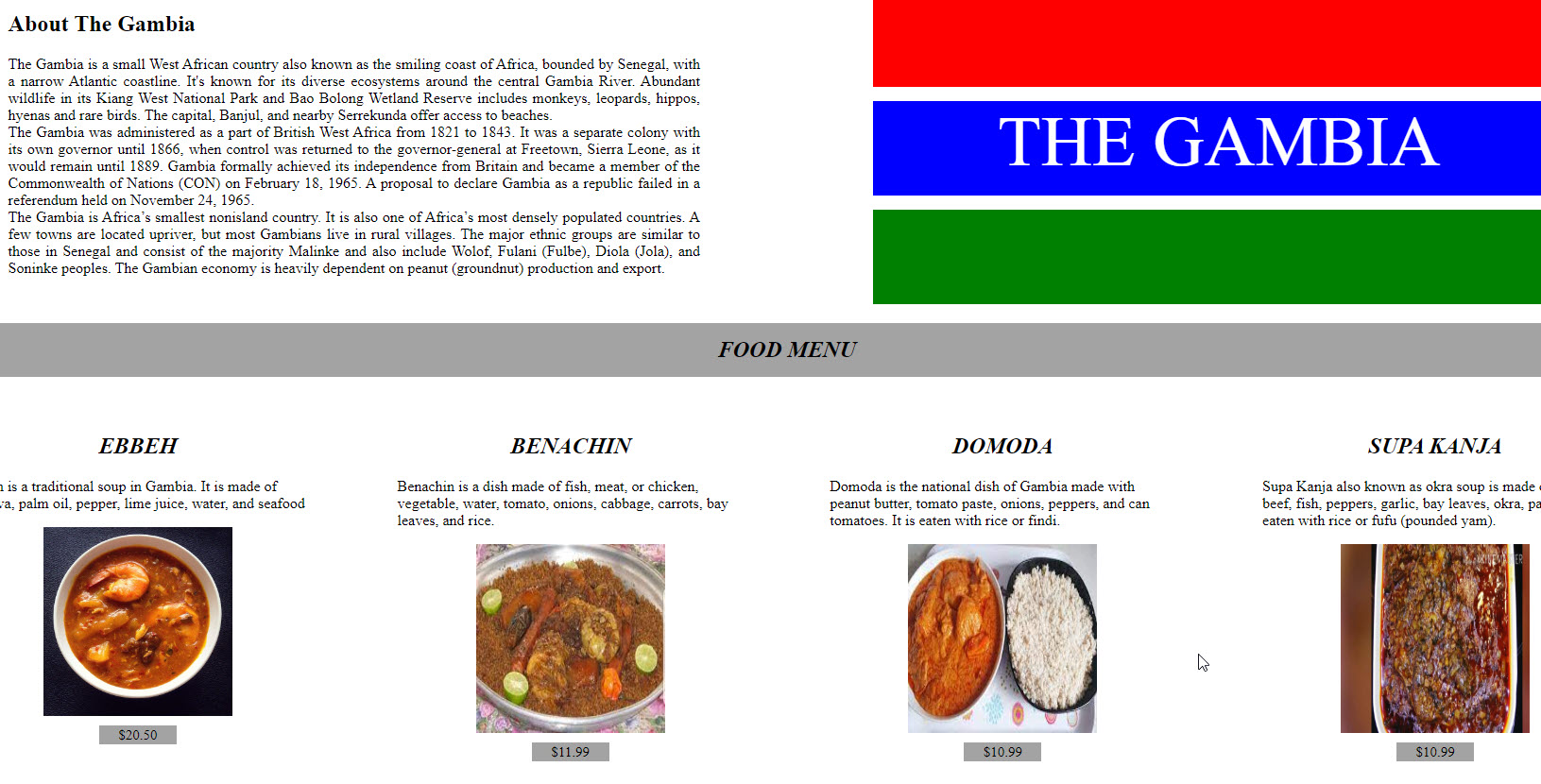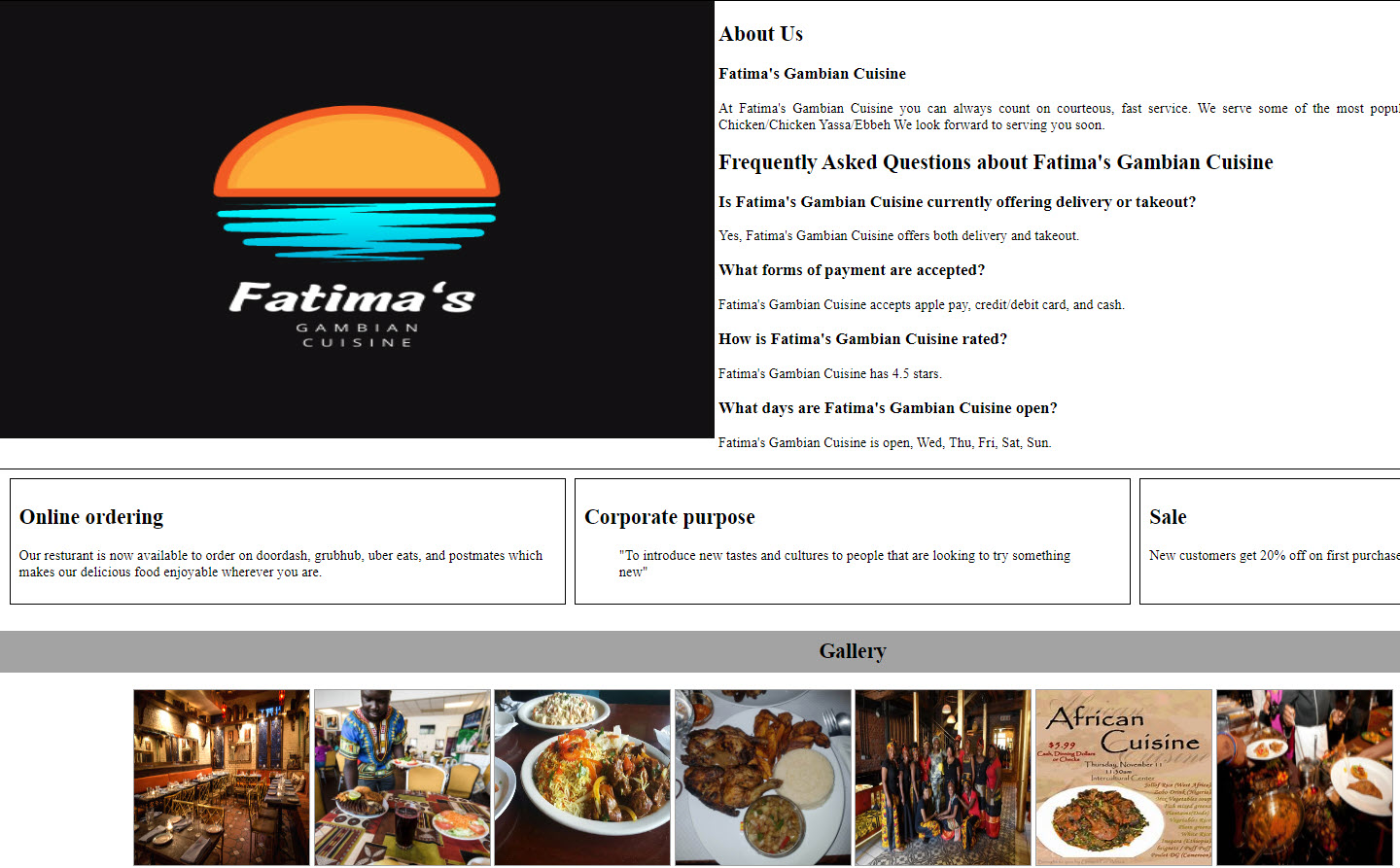
About The Gambia
The Gambia is a small West African country also known as the smiling coast of Africa, bounded by Senegal, with a narrow Atlantic coastline. It's known for its diverse ecosystems around the central Gambia River. Abundant wildlife in its Kiang West National Park and Bao Bolong Wetland Reserve includes monkeys, leopards, hippos, hyenas and rare birds. The capital, Banjul, and nearby Serrekunda offer access to beaches.
The Gambia was administered as a part of British West Africa from 1821 to 1843. It was a separate colony with its own governor until 1866, when control was returned to the governor-general at Freetown, Sierra Leone, as it would remain until 1889. Gambia formally achieved its independence from Britain and became a member of the Commonwealth of Nations (CON) on February 18, 1965. A proposal to declare Gambia as a republic failed in a referendum held on November 24, 1965.
The Gambia is Africa’s smallest nonisland country. It is also one of Africa’s most densely populated countries. A few towns are located upriver, but most Gambians live in rural villages. The major ethnic groups are similar to those in Senegal and consist of the majority Malinke and also include Wolof, Fulani (Fulbe), Diola (Jola), and Soninke peoples. The Gambian economy is heavily dependent on peanut (groundnut) production and export.

